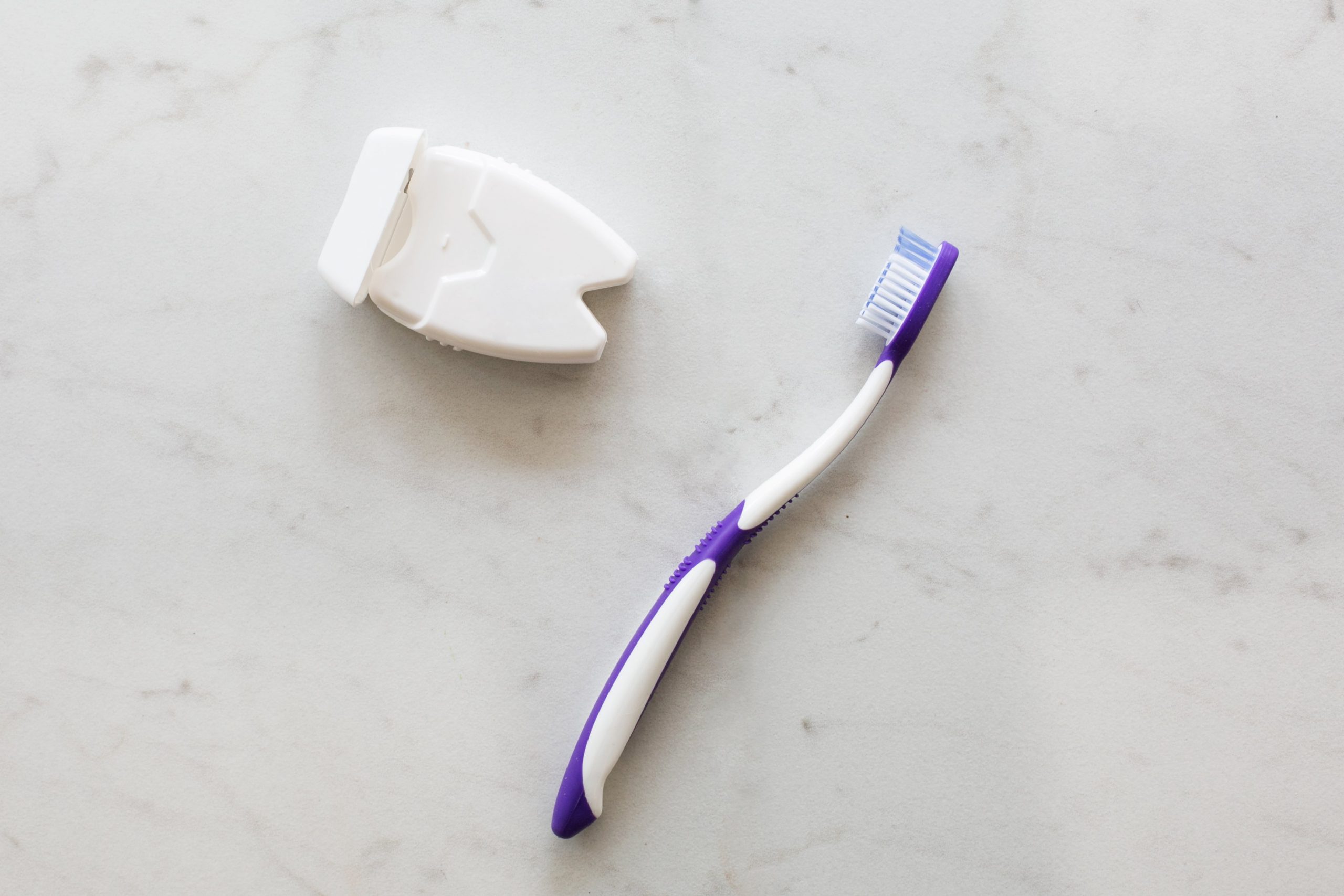
It’s no secret that flossing your teeth plays a key role in your overall dental health, removing the bits of food and debris that get stuck between your teeth that brushing simply can’t reach. By flossing daily, you’re reducing your risk of cavities and gum disease and are able to help prevent halitosis (chronic bad breath). But it’s not just important to clean between your teeth daily, you have to do it right, otherwise you may damage your teeth and gums and still leave bits of food behind. To help you get the healthiest teeth and gums, our Cary dentist is walking you through how to floss correctly.
Contact Our Cary Dental Practice
If you need to schedule your checkup in Cary, call us today to set up an appointment
Common Myths About Flossing
First, we want to address the myth that flossing is unnecessary. This idea took hold in 2016, when the Department of Agriculture and the Department of Health and Human Services removed flossing from their dietary guidelines recommendations. The studies used to remove this guideline were based on faulty methodologies, few participants, and minimal data, but countless news organizations, including the Associated Press ran misleading headlines regarding the outcomes of these studies. The American Dental Association, Surgeon General, Center for Disease Control, and the American Academy of Periodontology all agree that flossing is an essential part of a good dental health routine, just like visiting your Cary dentist for a bi-annual dental checkup and twice-daily brushing.
Common Mistakes While Flossing
Flossing itself doesn’t seem complicated – after all, you just slide it down between your teeth and pull it back up, right? Wrong. Not only are most Americans not flossing daily but those who do are often making these common mistakes while flossing:
Sliding the Floss Straight Down and Straight Up
The idea of flossing is to remove the plaque and debris that is stuck between the teeth and also attached to the sides of the teeth. Instead of just sliding the floss down then popping it back up, you want to clean the sides of each tooth.
Using a “Sawing Motion”
Using a sawing motion or running the floss back and forth between the teeth can be painful and also dangerous. Snapping floss down or roughly running it over your gums can damage the tissue and cause your gums to recede, leading to gum disease.
Not Using Pressure Against the Tooth
While many people put pressure against the gums to get debris, they don’t use pressure when running the floss against the tooth. However, you want to add gentle pressure to “scrape” the floss against the tooth, removing plaque that has collected between the teeth.
Not Using New Sections of Floss
If you’re using the same section of floss to get between all your teeth, you’re spreading more bacteria around. While you’ll loosen the plaque and debris around each tooth, you’ll also be “relocating” the plaque from the floss back between your other teeth.
How to Floss Correctly
Now that you know what not to do, our dentist in Cary will walk you through how to floss your teeth safely and effectively.
Choose the Right Floss for Your Teeth
If you struggle to get the floss in between your teeth or you’ve had floss shred or break during use, you may benefit from a different type of floss. There are thinner, monofilament types of floss on the market or you may find a waxed option may work better. Just look for the ADA seal to know you’re getting a good quality.
Use the Right Amount of Floss
Remove about 18 inches of dental floss, gently wrapping most of it around your middle fingers with around one or two inches of space to work with.
Hold the Floss Correctly
Hold your dental floss firmly between your thumbs and index fingers, creating a taut line that will easily glide between your teeth.
Floss Against Your Teeth
Don’t snap floss against your gums or use a sawing motion against your gums. Instead, place the floss against the tooth and using gentle, but firm pressure, guide the floss back and forth against the tooth to work it up to the gumline. Curve the floss around the base of each tooth to effectively remove any plaque or trapped debris.
Use a Clean Section for Each Tooth
Make sure you’re using a clean, fresh section of floss as you go from tooth to tooth to avoid moving around bacteria.
Brush Your Teeth When Done
After you floss, brush your teeth to remove any dislodged debris or plaque and have a fresh, clean mouth.
Schedule an Appointment with Our Cary Dentist Today!
Just like brushing and flossing are part of a healthy dental routine, make sure you’re scheduling bi-annual dental checkups. Contact our Cary dentist to set up your appointment, and let us help you keep your smile health, bright, and vibrant!
